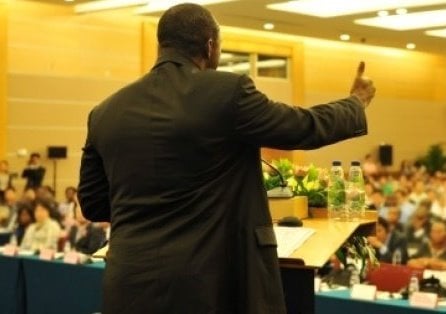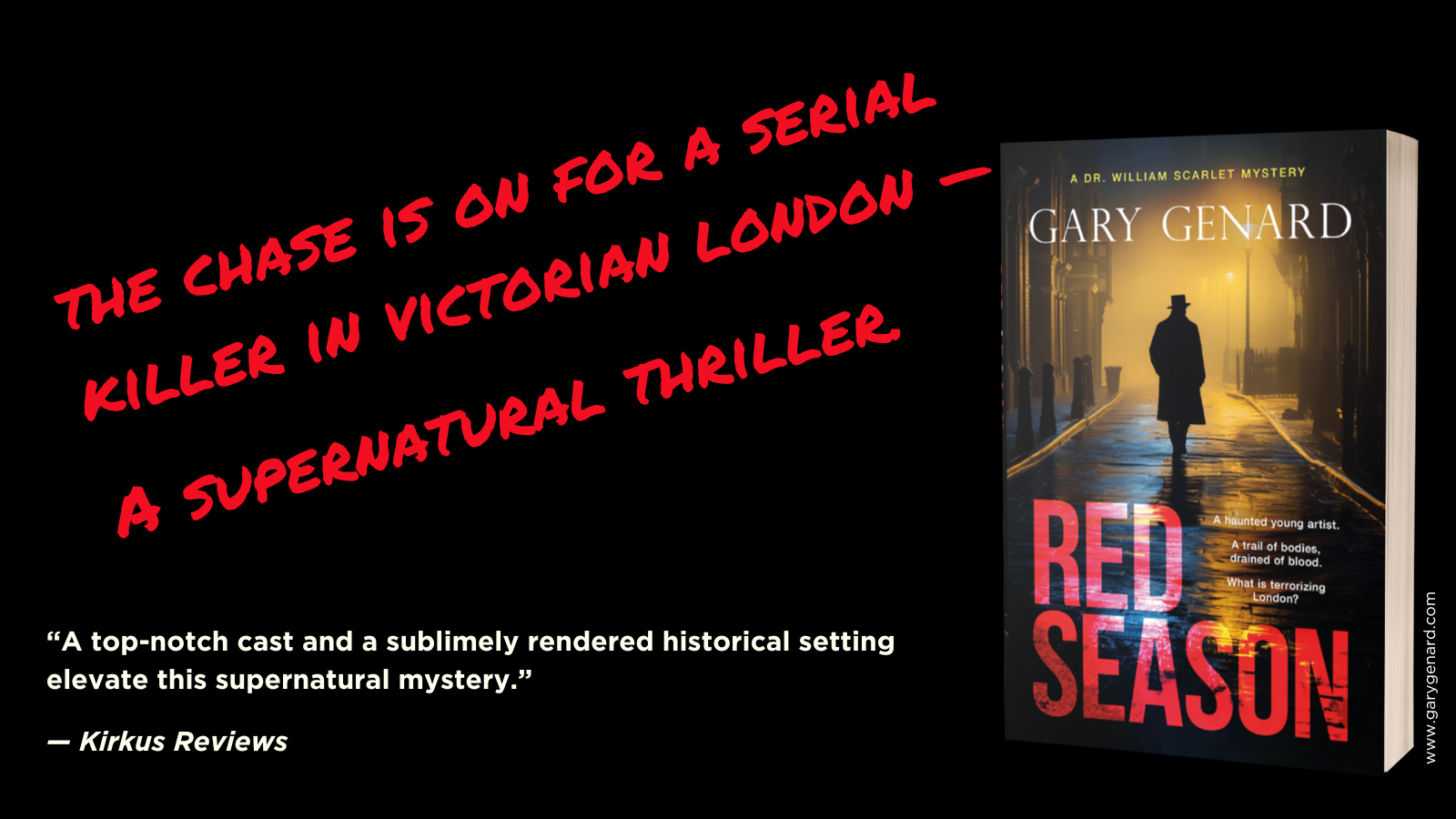
Audiences make important decisions about you in the first 30-60 seconds. Here's how to begin any presentation successfully!
Do you know how long it takes to get an audience on your side?
It's not very long. In fact, audiences make decisions about your credibility, believability, and likability within the first 30-60 seconds. If you're visible before you speak—if, say, you're sitting on stage waiting to be introduced, or greeting audience members beforehand—these decisions start even earlier.
More than anything else at that stage, it's your physical presence that audience members are responding to. And we all know that impressions based on body language can be powerful.
Hook listeners right away! Read Chapter 4, "Creating Dynamic Introductions and Conclusions," in my book, How to Give a Speech. You can also find the book on Amazon.
So you have to be using body language effectively right from the start. That means relating to your audience well. And that in turn means using appropriate eye contact, and otherwise acknowledging your listeners' presence in physical terms.
Why Eye Contact Matters in Public Speaking
Have you ever listened to speakers who kept their gaze glued to their notes even as they began their speech, using the dull-as-dishwasher opening: "Good evening, ladies and gentlemen. Tonight I'm going to talk about . . ."
Why in the world would anyone do this? Presumably, these speakers understand that there are human beings in front of them, ready to receive whatever they're going to say. So why aren't they looking at them? Presumably, they don't need their note cards to announce their name or their topic! Here, instead, is how to give your audience a greeting they'll remember.
Want this article in a handy cheat sheet? Get it here!
Using Eye Contact to Start a Speech Strongly
Here's a general rule to bear in mind: When you're looking down at your notes, nothing should be coming out of your mouth. Learn how to look down and "grab" key phrases and sentences, then look back at your listeners to say them.
Even more important, look at your audience and acknowledge them before you get into the body of your speech. If you've practiced sufficiently, you shouldn't need to look at your notes much even then. But you certainly can't afford to bury your attention in your written material when you first present yourself to an audience. To really wow listeners, combine your newly strong attention on your audience with one of these 12 foolproof ways to open a speech.
Remember those critical first sixty seconds!
Want to launch your speeches with maximum impact? Get the e-book that shows you how to craft foolproof openings and closings every time: "How to Start a Speech."
Establish a Communication Bond with Your Listeners
What does the above accomplish? Instead of gluing your attention to your notes, you'll be establishing a communication bond between you and your listeners. Think of it as an electric arc crackling between you and them.
Put more simply, it's just a case of your focusing on them rather than your manuscript or anything else in the room. And it works if you're talking to one person or thousands.
Relating to an audience this way allows them to feel that you are talking to them as individuals. It also makes you accessible. That can matter later during the Q & A, when people need to feel they can safely ask you a question when all eyes are on them. If you're someone who's been showing them that they're the ones who matter, it's much easier for every audience member to feel they have a relationship with you.
Being a More Human Speaker Right from the Start
Speakers who come across as distant don't invite such responses; but you, on the other hand, should give your audience that chance. If you're not looking at them, they won't feel that any real communication is occurring. And they'll be less likely to respond to you in other ways.
One other thing concerning eye contact. When you look at audience members, be sure to let your gaze linger long enough so that real contact is made. One or two seconds is probably enough time. And remember to smile! You'll remind everyone present that this speaking event is an enjoyable situation.
I remember a person I trained who had a habit—it's a common one—of allowing her gaze to "flick" from person to person, as though she were flinging her gaze at them. She'd probably been told to use eye contact but had never been coached in doing so correctly. Audience members on the receiving end of that habit would never feel that she was truly looking at them.
I asked her to try a simple exercise. She was to look down at her notes and absorb what she wanted to say, without any concern for how much time she took to do so. Only then could she could look up and speak to the group. She followed these directions, and the effect was dramatic. As soon as she took her time in sharing what she wanted to say, she immediately become a more credible—and much more human—speaker.
Do you read supernatural suspense? If you do, you'll love Dr. William Scarlet, a Scotland Yard police surgeon and psychic. Read Book #1 in the thriller series, Red Season today!
You should follow me on Twitter here. 
Gary Genard is an actor, author, and expert in public speaking and overcoming speaking fear. His company, The Genard Method offers live 1:1 Zoom executive coaching and corporate group training worldwide. He was named for nine consecutive years as One of the World’s Top 30 Communication Professionals, and also named as One of America's Top 5 Speech Coaches. He is the author of the Amazon Best-Seller How to Give a Speech. His second book, Fearless Speaking, was named in 2019 as "One of the 100 Best Confidence Books of All Time." His handbook for presenting in videoconferences, Speaking Virtually offers strategies and tools for developing virtual presence in online meetings. His latest book is Speak for Leadership: An Executive Speech Coach's Secrets for Developing Leadership Presence. Contact Gary here.




